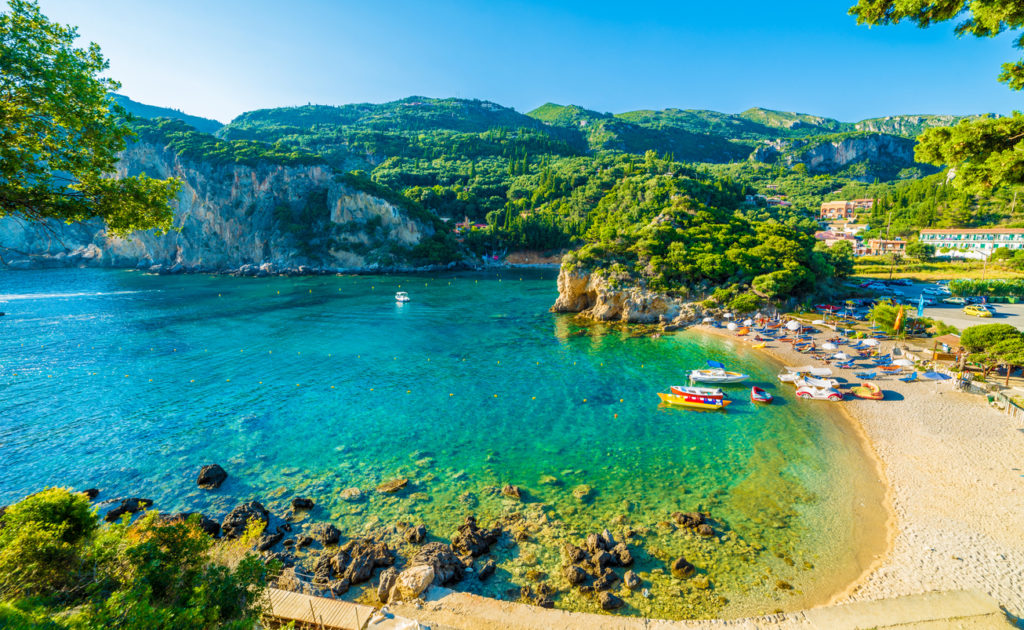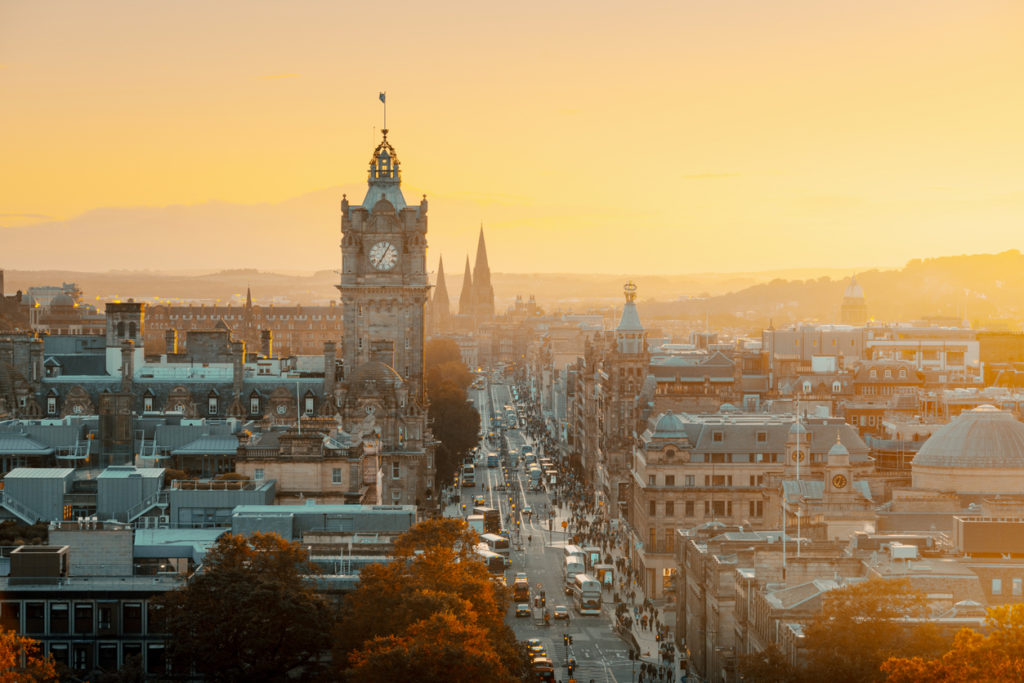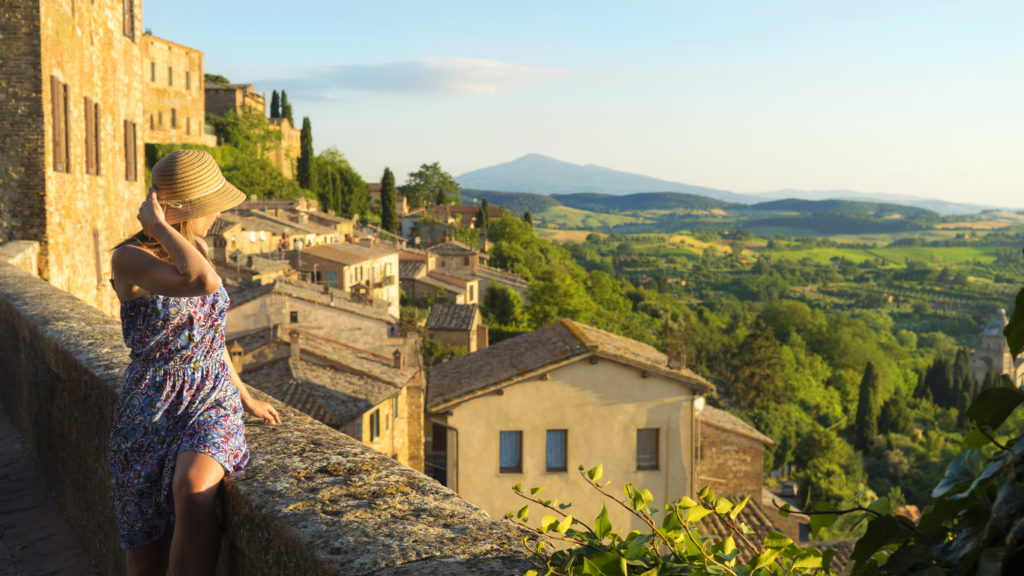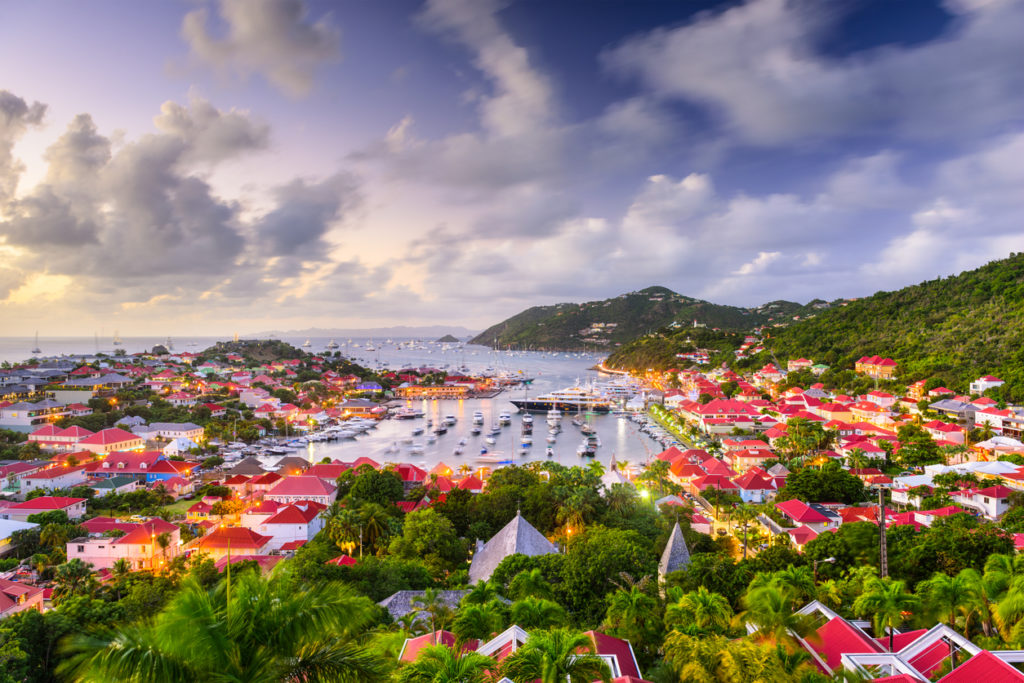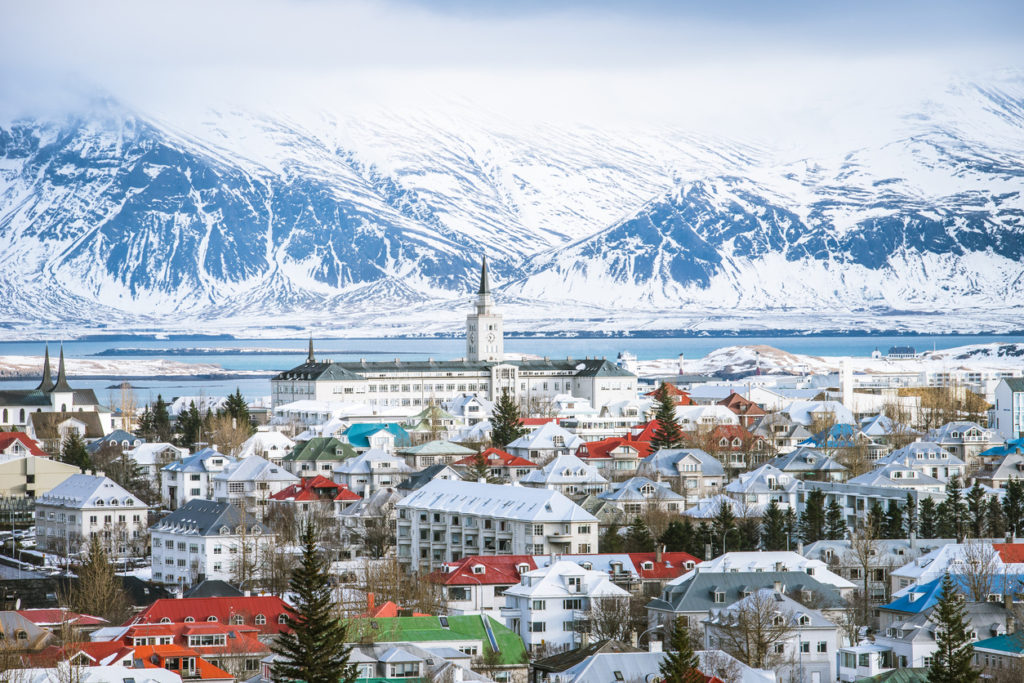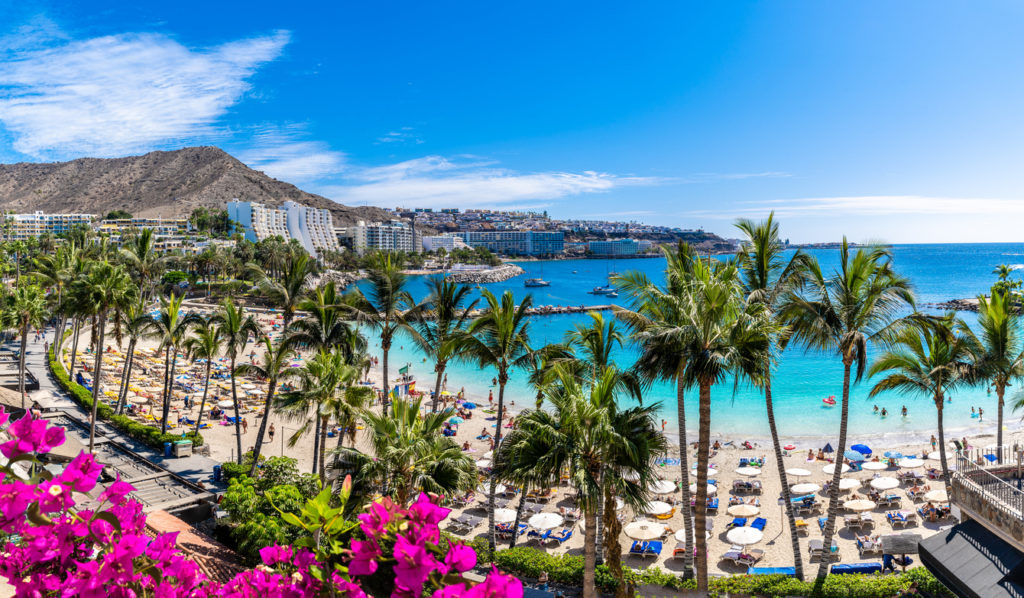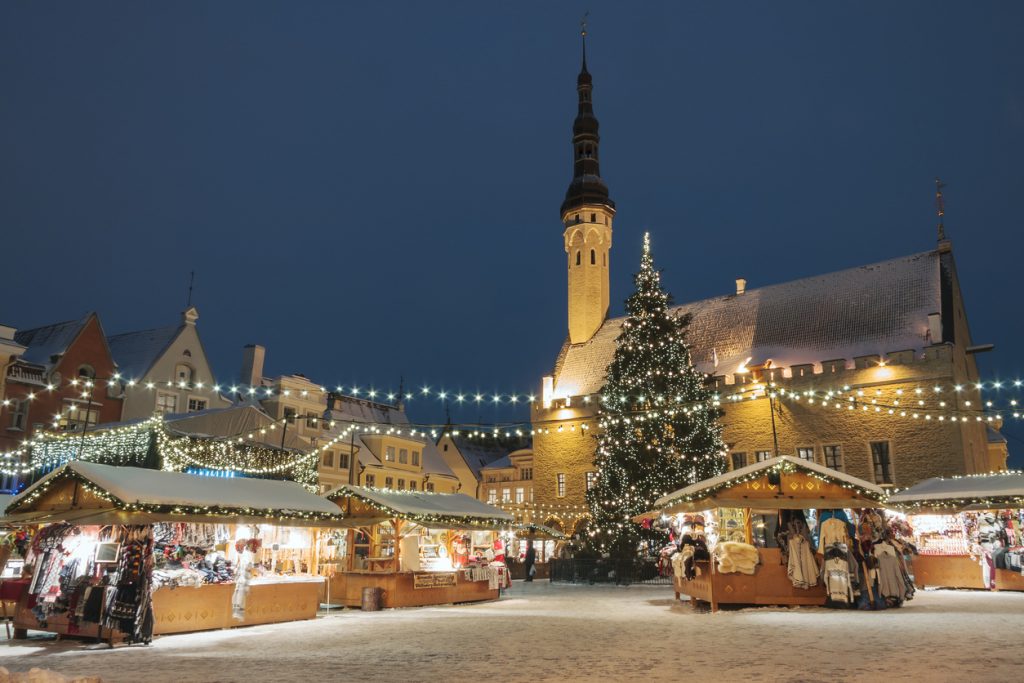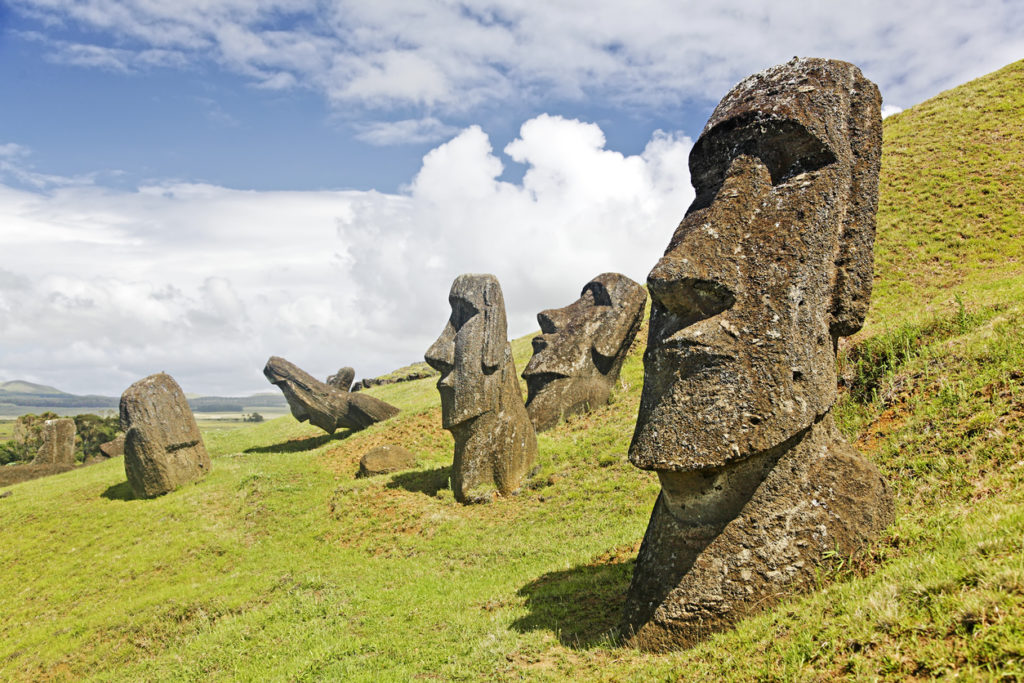
Easter Island, known locally as Rapa Nui, is one of the most remote inhabited islands in the world. Situated in the southeastern Pacific Ocean, this UNESCO World Heritage Site is a testament to the ingenuity and mystery of the Rapa Nui people. With its rolling hills, volcanic craters, and the iconic moai statues, Easter Island offers a unique blend of natural beauty, archaeological wonders, and deep cultural significance. In this article, we embark on an exploration of Easter Island, uncovering its mysteries and marvelling at its ancient wonders.
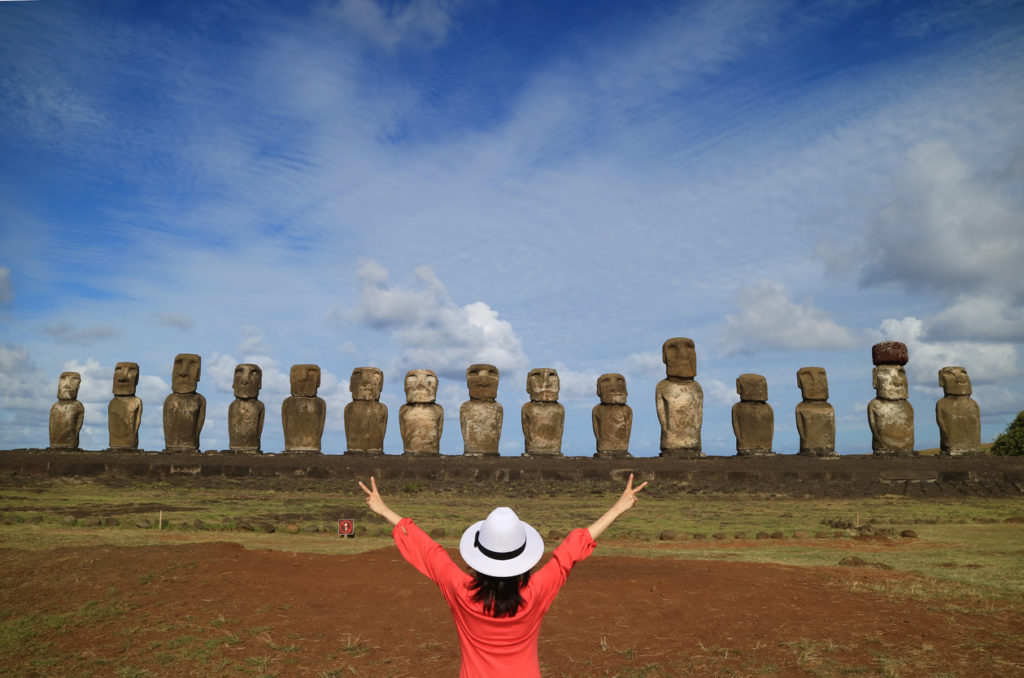
The Mystical Moai
No visit to Easter Island is complete without witnessing the awe-inspiring moai statues. These colossal stone figures, carved by the Rapa Nui people between the 13th and 16th centuries, are scattered across the island, with many standing on ceremonial platforms called ahu. The statues are believed to represent the ancestors of the Rapa Nui, watching over their descendants with stoic grace. The most famous site is Ahu Tongariki, where 15 moai stand in a row, forming a breathtaking silhouette against the Pacific horizon.
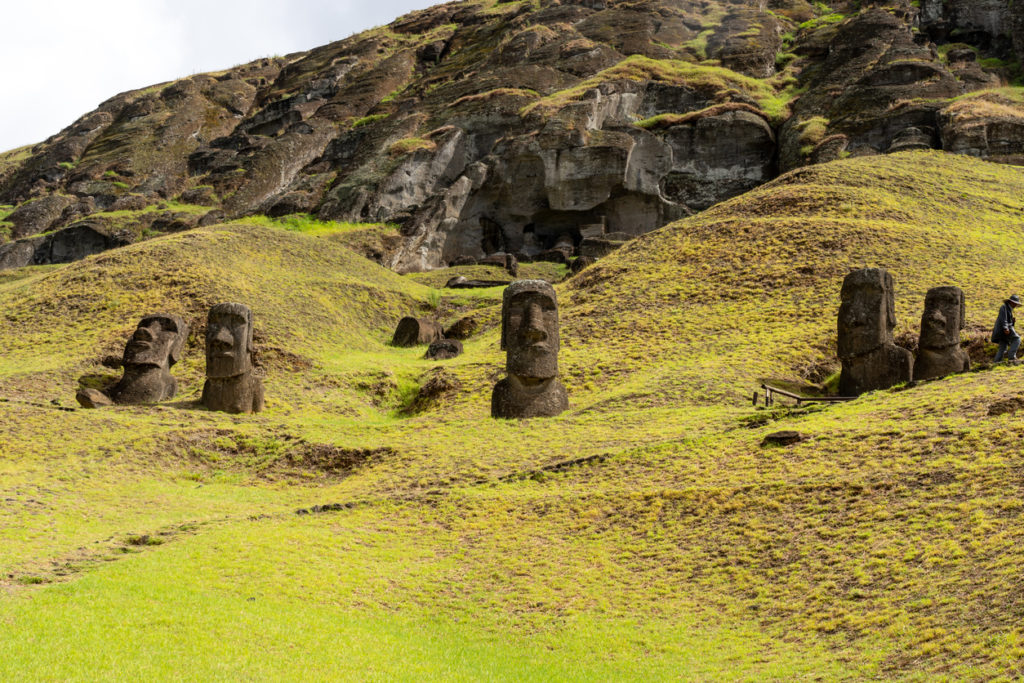
Rano Raraku: The Moai Quarry
Rano Raraku, a volcanic crater, served as the quarry for the moai statues. Here, visitors can see partially carved figures still embedded in the rock, offering a glimpse into the island’s past and the incredible effort that went into creating the moai. The site provides a unique opportunity to study the construction and transportation techniques that remain a subject of debate among archaeologists.
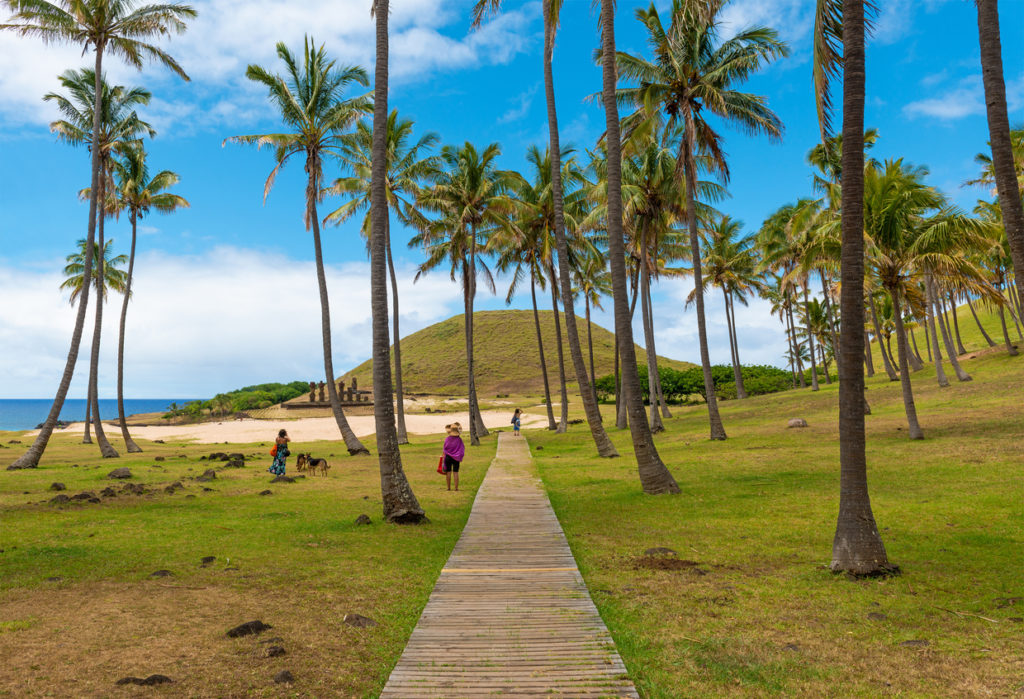
Anakena Beach: A Tropical Paradise
After delving into the island’s archaeological sites, Anakena Beach offers a perfect respite. With its white coral sand and swaying palm trees, Anakena is a tropical paradise that contrasts beautifully with the island’s rugged interior. It is also home to Ahu Nau Nau, an ahu with some of the most well-preserved moai statues, adorned with red scoria pukao (topknots).
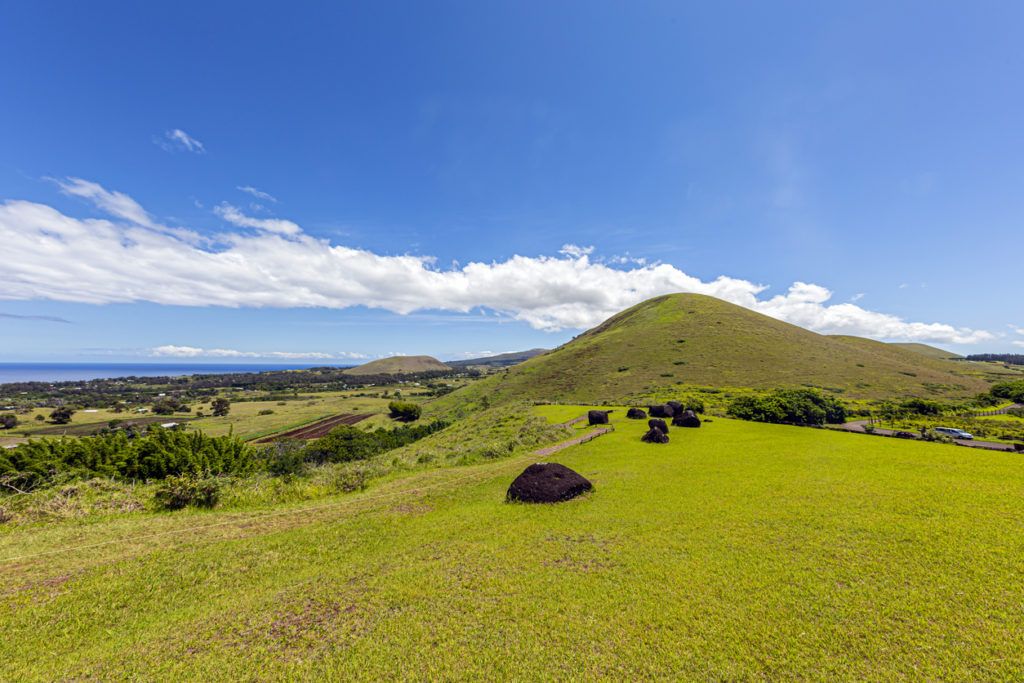
Rapa Nui National Park: A Treasure Trove of Natural and Cultural Wonders
The Rapa Nui National Park encompasses much of the island, protecting its natural landscapes and archaeological sites. Hiking trails wind through the park, leading adventurers to hidden caves, secluded beaches, and panoramic viewpoints. The park is also a haven for birdwatchers, with several endemic species making their home on the island.
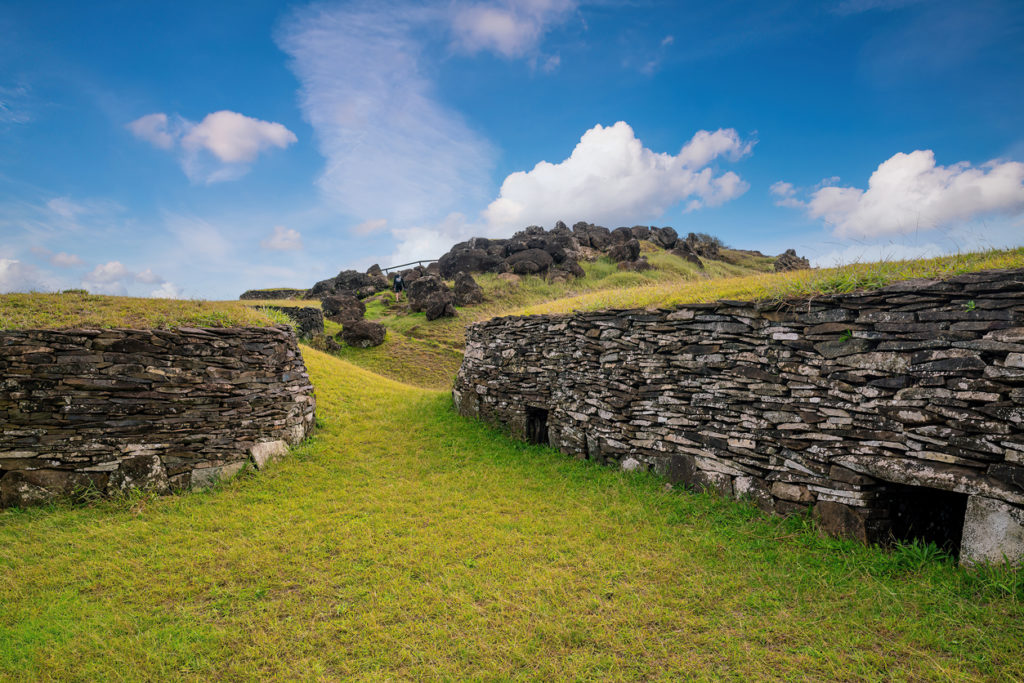
The Birdman Cult at Orongo
The ceremonial village of Orongo is perched on the edge of the Rano Kau crater, overlooking the sea. This site was the centre of the Tangata Manu (Birdman) cult, which held an annual competition to collect the first sooty tern egg of the season from the nearby islets. The petroglyphs and stone houses of Orongo tell the tale of this unique aspect of Rapa Nui culture.
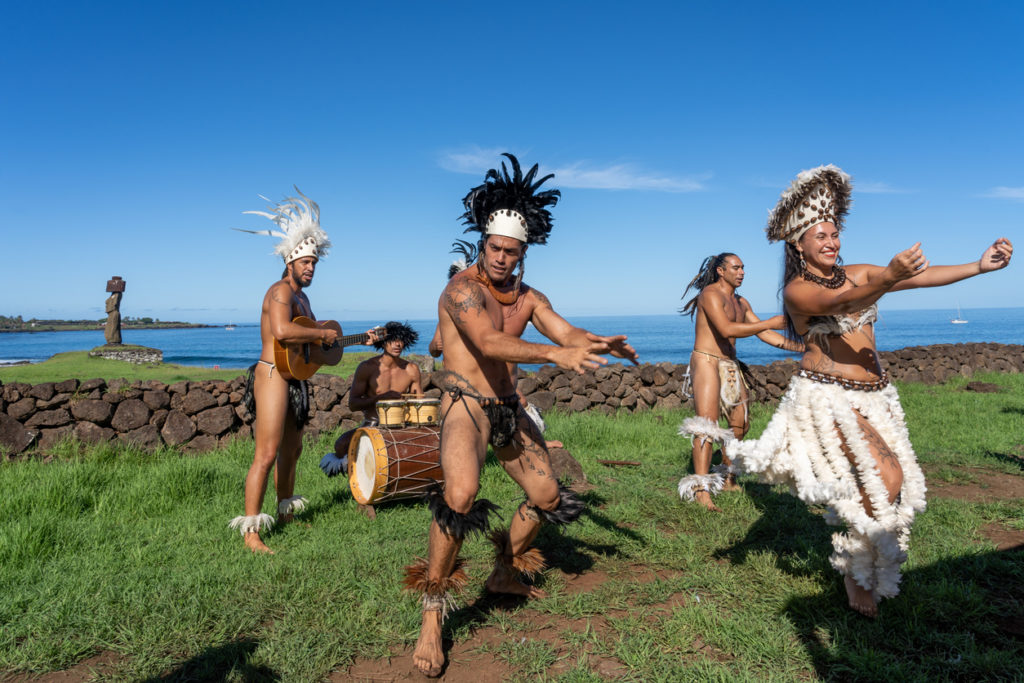
Embracing the Rapa Nui Spirit
Beyond its archaeological sites, Easter Island is alive with the spirit of its people. Visitors can immerse themselves in Rapa Nui culture through music, dance performances, and local crafts. The islanders are proud of their heritage and eager to share their stories and traditions with the world.
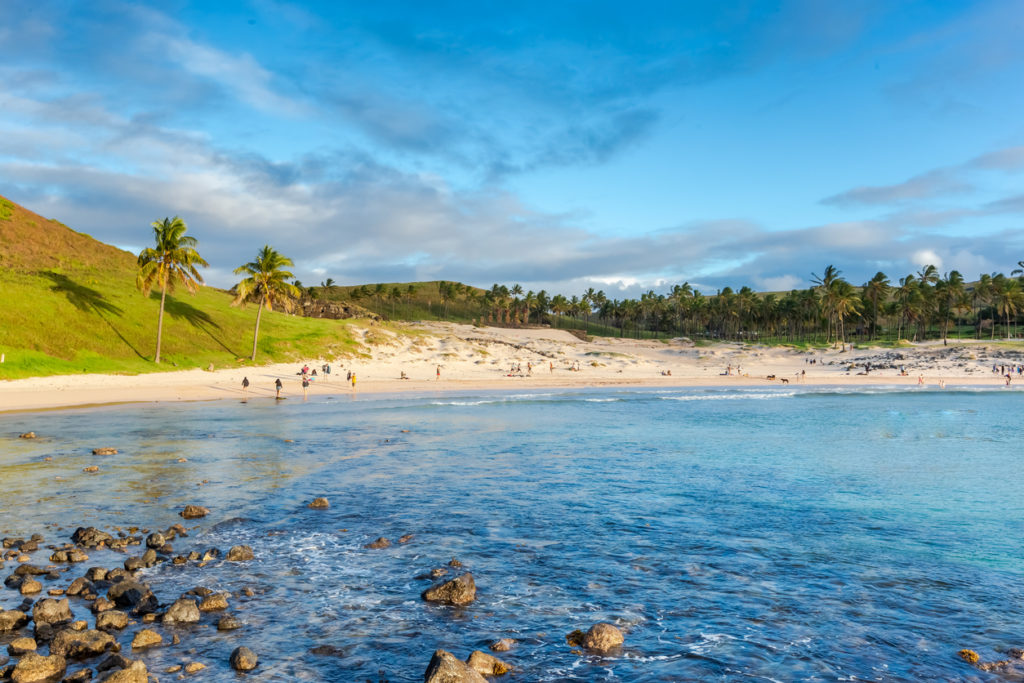
When to Visit
Easter Island’s subtropical climate makes it a year-round destination, but the most popular times to visit are during the Southern Hemisphere’s summer (December to February) and during the Tapati Rapa Nui festival in February, a vibrant celebration of Rapa Nui culture.
Easter Island beckons with its mysteries, inviting travellers to explore its ancient landscapes and delve into the stories of its past. It’s a place where history is carved in stone, and the echoes of the ancestors are carried on the wind, offering a profound connection to the human spirit and the enigmatic beauty of our world.


